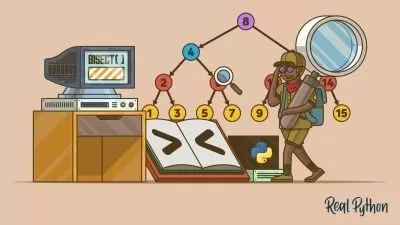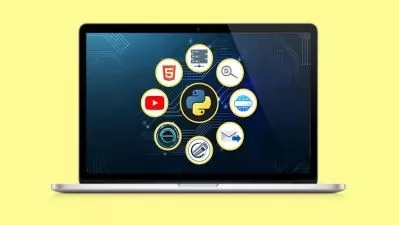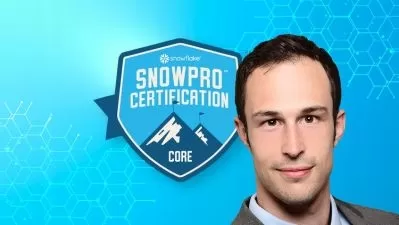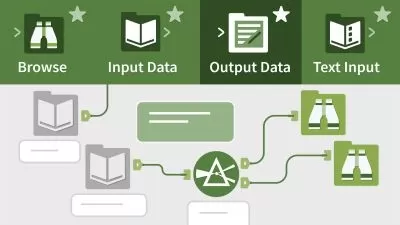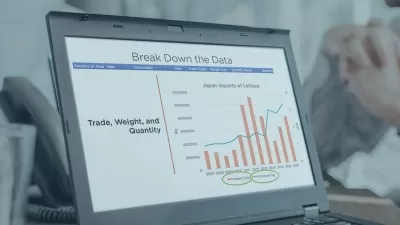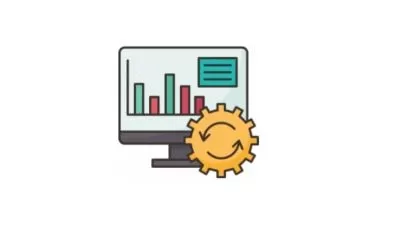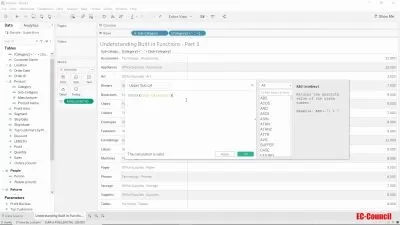Case Study: Visualize Complex Microservice Data Using Python
Kathryn Hodge
1:25:54
Description
As a software engineer, your day-to-day duties can seem like an endless to-do list, so it’s often difficult to find the time to develop new skills to grow and advance your career. How do you make an impact with your organization while also completing your core work?
In this course, Kathryn Hodge takes you through the process of coming up with an idea for an initiative, planning it, and then implementing the solution with your team. Kathryn covers the basics of microservices and shows you how to identify and solve problems when building and using microservices. She introduces you to PlantUML, an open-source tool that helps you quickly create sequence diagrams, class diagrams, component diagrams, and more. She explains how to plan the development of a problem-solving initiative—and how to sell it to your team. Kathryn then shows you how to build a Python script to convert data into PlantUML code, how to review and refine your code, and how to demo your initiative for your team.
More details
User Reviews
Rating
Kathryn Hodge
Instructor's Courses
Linkedin Learning
View courses Linkedin Learning- language english
- Training sessions 28
- duration 1:25:54
- English subtitles has
- Release Date 2023/09/03






